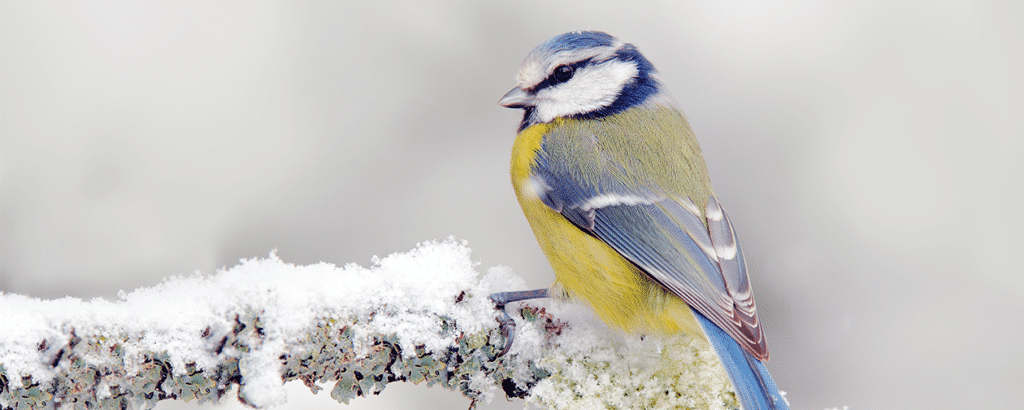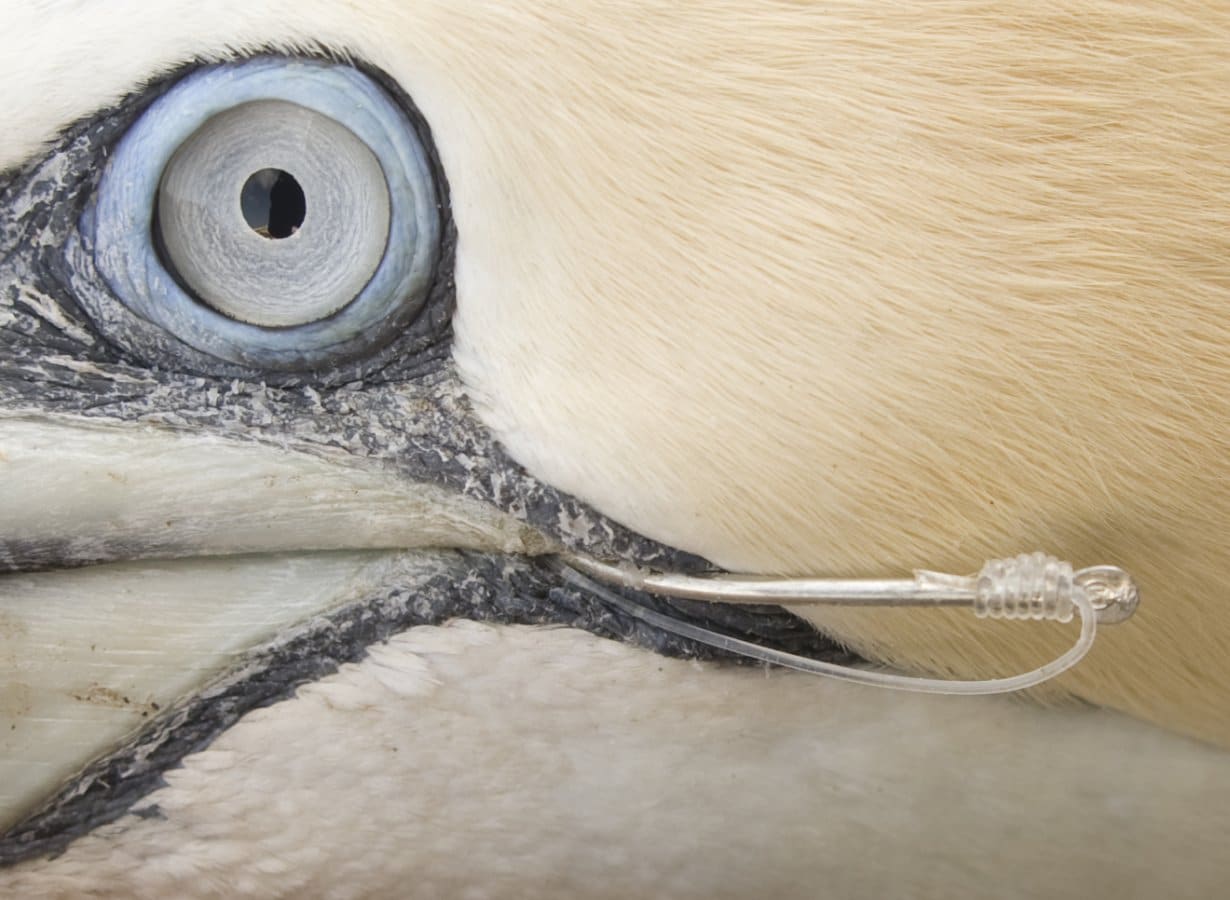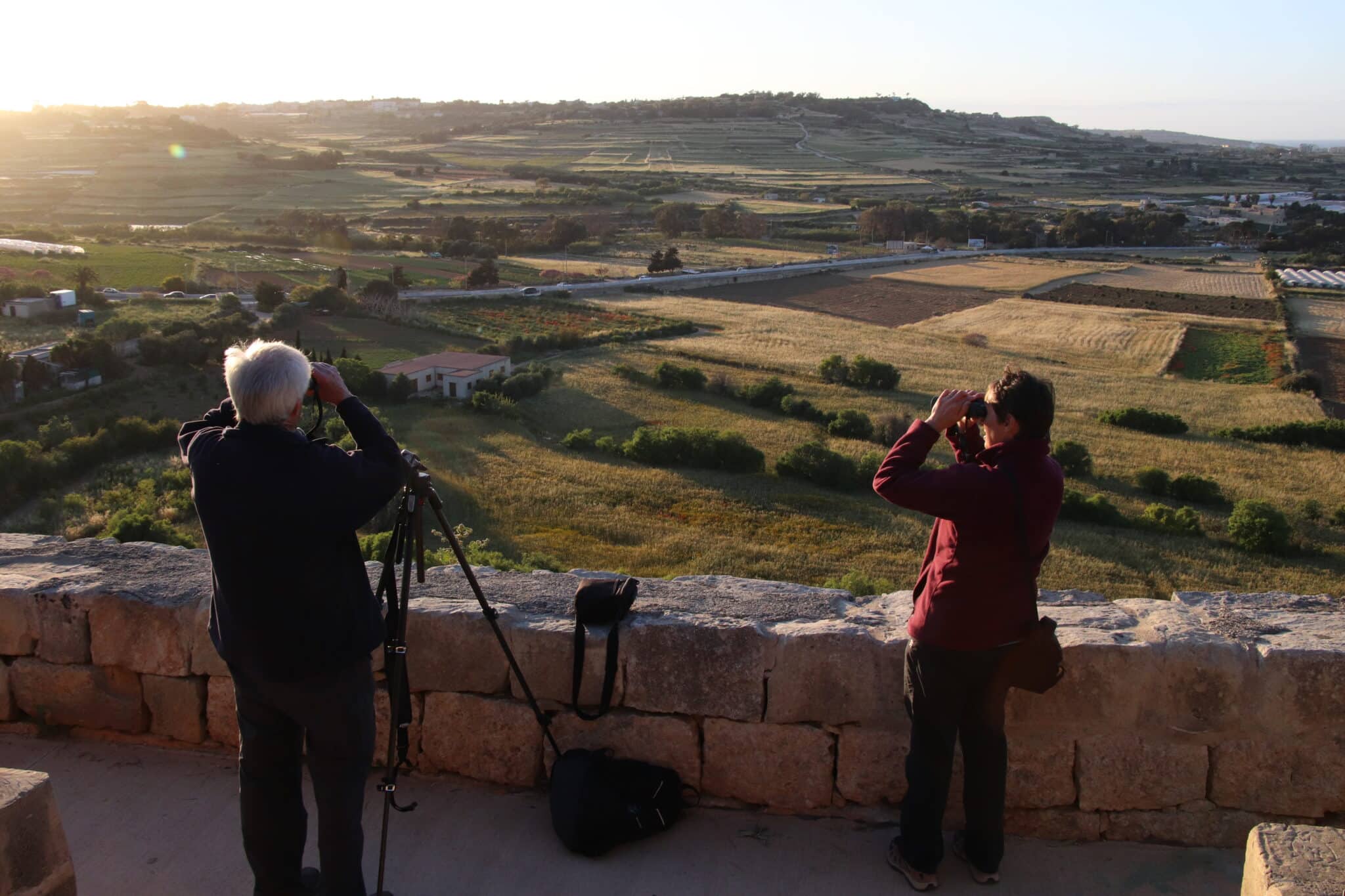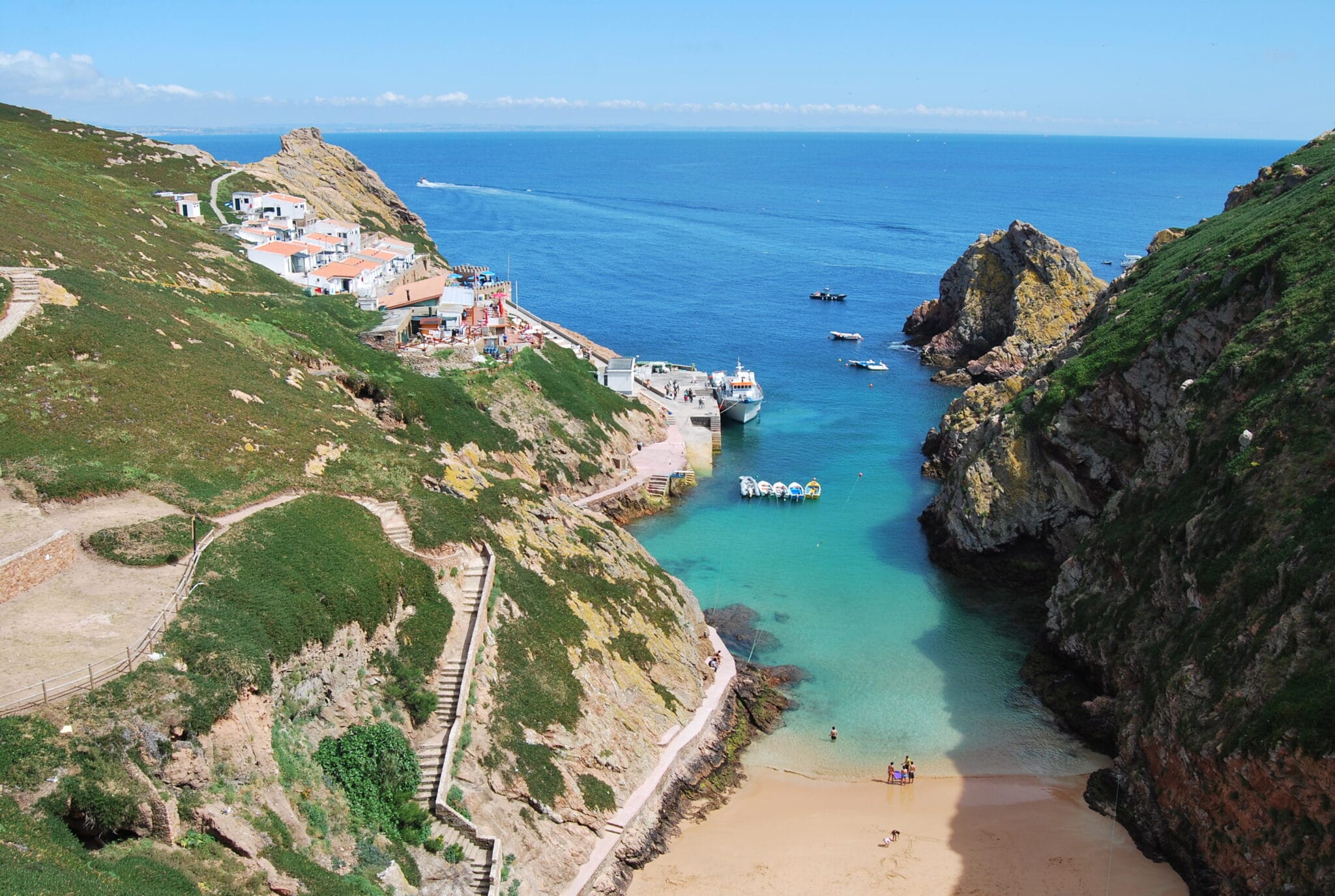2021: highlights from the BirdLife Europe and Central Asia year

It has been a deeply challenging year. The pandemic has continued to cause enormous suffering while floods and fires across our continent this summer showed that climate crisis is biting hard
What’s more, the scale of the threat facing nature was illustrated by two reports this autumn confirming that one in five European bird species were at risk of extinction while there are now 600 million fewer birds in the European Union and the UK than there were forty years ago.
Sadly, the political response is still falling short. The Glasgow Climate Pact was probably the best deal that was politically achievable but based on national commitments to reduce greenhouse gas emissions by 2030, projected warming by 2100 could still be as much as 2.4°C (above pre-industrial levels) which, of course, exceeds the 1.5°C target beyond which catastrophic consequences are predicted.
The negotiations to secure a new global biodiversity framework have been once again delayed and political progress in translating these commitments into national policies and laws (for example, see here and here) appear once again to be derailed by a failure to adequately address the primary driver of decline – agriculture policy (for example, see here and here).
Against this backdrop, it is easy to despair. Yet, despite everything, BirdLife partners in Europe and Central Asia have achieved some amazing things this year (both together and as individual organisations). So, to bring cheer I am delighted to share a few highlights from the BirdLife Europe and Central Asia year – the first in the UN Decade on Ecosystem Restoration.
I suggest you get a hot drink and a biscuit, put on some uplifting music and read the highlights below to remind you that together we are powerful and we can improve the natural world for people and the planet.
TOGETHER AS BIRDLIFE
#1Planet1Right: The UN Human Rights Council voted unanimously in favour of introducing a new human right: the right to a healthy environment. This fantastic success is the result of more than a year of advocacy work by BirdLife’s #1Planet1Right campaign.
#RestoreNature: The Partnership mobilised over 100,000 people in just 4 weeks to take part in a Public Consultation, telling the European Commission how our grasslands, wetlands, peatlands, forests, rivers and seas should be restored. We shall continue to campaign to ensure verbal commitments for legally binding targets for nature restoration in the European Union becomes reality and realise the many benefits that we documented through our series the Rewards of Nature Restoration.
Massive new Marine Protected Area: Thanks to an amazing collaboration led by BirdLife International a major seabird hotspot in the North Atlantic high seas used by up to 5 million birds was discovered. This area is now a Marine Protected Area called NACES – the North Atlantic Current and Evlanov Seamount and is approximately the same size as all of France. This is the first time that a Marine Protected Area in the high seas has been designated based on tracking data.
INDIVIDUAL PARTNER SUCCESSES
Belarus: BirdLife Belarus (APB) funded work to increase the area of the Almany Mires Nature Reserve, IBA, by 10,000 hectares. The reserve is now 103,934.85 hectares. It is one of the largest mire complexes in Europe, and is home to 25 pairs of Spotted Eagles.
Belgium: Natuurpunt reported successful breeding of the Common Crane in the ‘Vallei van de Zwarte Beek’ nature reserve. They are the first in Flanders in over 400 years thanks to a large-scale peatland restoration in the nature reserve by Natuurpunt. The two youngsters have been named ‘Gru’ and ‘Dru’ after characters from the movie ‘Despicable Me’.
Bulgaria: Bulgarian Society for the Protection of Birds (BSPB) reported a new nesting colony of the endangered Dalmatian Pelican was settled in Bulgaria in the Kalimok Complex. A wooden platform was built and three life-size models of pelicans were installed to attract the interest of real birds and encourage them to adopt the platform as their home. On the 23rd of April 2021, a total of 14 birds were found there – three of them occupying the nests.
Croatia: BIOMreported that thanks to the rat control and eradication work on several islands the breeding success of seabirds has seen a 73-79% increase of Yelkouan Shearwaters and 63-65% for Scopoli’s Shearwaters in Lastovo Islands Special Protection Area (SPA) in 2021.
Czech Republic: the Czech Society for Ornithology (CSO) reported that thanks to the CSO dog unit, a bird poisoner was found guilty and sentenced to 2.5 years in jail. The dog unit found 2 White-tailed Eagles and 2 Ravens in the countryside as well as containers with carbofuran and endrin during a house search.
Finland: BirdLife Finland published their first ever report on the state of birds in Finland. The report is available online in Finnish and English.
Germany: NABU played a key role in BirdLife’s campaign to reform the Common Agriculture Policy which despite disappointment in the final CAP settlement achieved a milestone for nature friendly farming when on the 19 October 2021, the European Parliament adopted the Farm-to-Fork Strategy with targets promoted by NABU such as 10% Space for Nature, 50% reduction in pesticide use and 25% organic farming.
Greece: For more than 2 years, the Hellenic Ornithological Society (HOS) has fought to prevent turning the protected islets of the South Aegean Sea into platforms for the erection of hundreds of wind turbines, right at the “heart” of one of the last refuges for biodiversity in Europe. Despite the challenges and difficulties, HOS succeeded. These islands remain unharmed and you can spot Eleonora’s Falcons nesting along with Mediterranean Shags, Yelkouan Shearwaters and other seabirds.
Iceland: Fuglavernd/BirdLife Iceland (ISPB) “Bird of the year contest” was a great success. Not only did it generate tonnes of media coverage, but it also helped increase their membership by 20%. The winning photo was of a beautiful Golden Plover.
Israiel: Israel Society for the Protection of Nature in Israel (SPNI) organise the ‘Champions of the Flyway’ and this year was a huge celebration of birds, conservation and human solidarity. SPNI’s ‘Year of the Dove’ campaign aims to better protect the rapidly declining Turtle Dove. In Israel, they have already made significant progress to stop the hunting of Turtle Doves. Champions of the Flyway brought together dozens of teams – men and women, adults and children, Jews, Muslims, Druzes and Christians, all campaigning and racing for conservation.
Italy: Lega Italiana Protezione Uccelli (LIPU) collected 180,000 signatures to change a law on hunting to allow for harsher sentences in cases of the illegal killing of birds.
Latvia: the Latvian Ornithological Society (LOB) published the book “Latvian Breeding Bird Atlases 1980-2017”. This book is a compilation of four country-wide breeding bird atlases.
Lithuania: While implementing LIFE projects,Lithuanian Ornithological Society (LOD) helped designate a new SPA for the protection of the Little Tern and detected two areas important for the globally threatened Lesser White-fronted Goose and thereby qualifying as SPA.
Malta: LIFE PanPuffinus! Is BirdLife Malta’s fourth seabird project funded by the EU and aims to protect two endemic and threatened Mediterranean seabirds, the Yelkouan Shearwater and the Balearic Shearwater, through a unique transboundary collaboration for joint large-scale conservation efforts. In addition to Malta’s Department of Fisheries and Aquaculture, several BirdLife Partners are part of this €3.45 million project, including HOS (Greece), LPO (France), SPEA (Portugal) and SEO/BirdLife Spain.
Netherlands: together with BirdLife Partners in West-Africa, Vogelbescherming Nederland (VBN) launched the project “Birds, Bees & Business“. It’s an organic soap made by Werfzeep from shea nuts from the project area – a win for the people from the participating countries, as well as for migratory birds.
North Macedonia: after a fifteen year effort, Macedonia Ecological Society was delighted that the Osogovo Mountains was declared a protected area – the largest in the eastern part of the country.
Portugal: The Portuguese Society for the Study of Birds (SPEA) continues to fight the proposal to build a new airport in the Tagus Estuary – one of Europe’s most important wetlands for many migratory bird species. Many BirdLife Partners are supporting SPEA in this fight. They have taken the case to court and continue to hit back at the government’s attempts to greenwash the project.
Spain: the LIFE Olivares Vivos programme, coordinated by SEO / BirdLife, has demonstrated a model of wildlife-friendly olive growing that works for wildlife and for farmers. It now hopes to export this model to other regions and countries.
United Kingdom: the operational phase of the Gough Island Restoration Programme (led by the Royal Society for the Protection of Birds – the RSPB) was completed in 2021 with 210 tonnes of bait dropped by helicopters on this remote island in the Atlantic five days sailing south-west from Cape Town, South Africa. The aim is to remove the introduced house mice which predates on seabirds and their chicks resulting in two million fewer seabirds on the island every year and pushing endangered species like the Tristan albatross to the brink of extinction. The team must wait now for two years to know if any mice survived but should feel content that they did everything possible to maximise their chances of success.
Many congratulations to all BirdLife partners and their supporters for what you have achieved in 2021.
Here’s to more success in 2022.
Image credits: Eurasian Blue Tit (Cyanistes caeruleus) ©Ondrej Prosicky
You might also be interested in:
 | Stichting BirdLife Europe gratefully acknowledges financial support from the European Commission. All content and opinions expressed on these pages are solely those of Stichting BirdLife Europe. The European Commission is not responsible for any use that may be made of the information it contains. |









